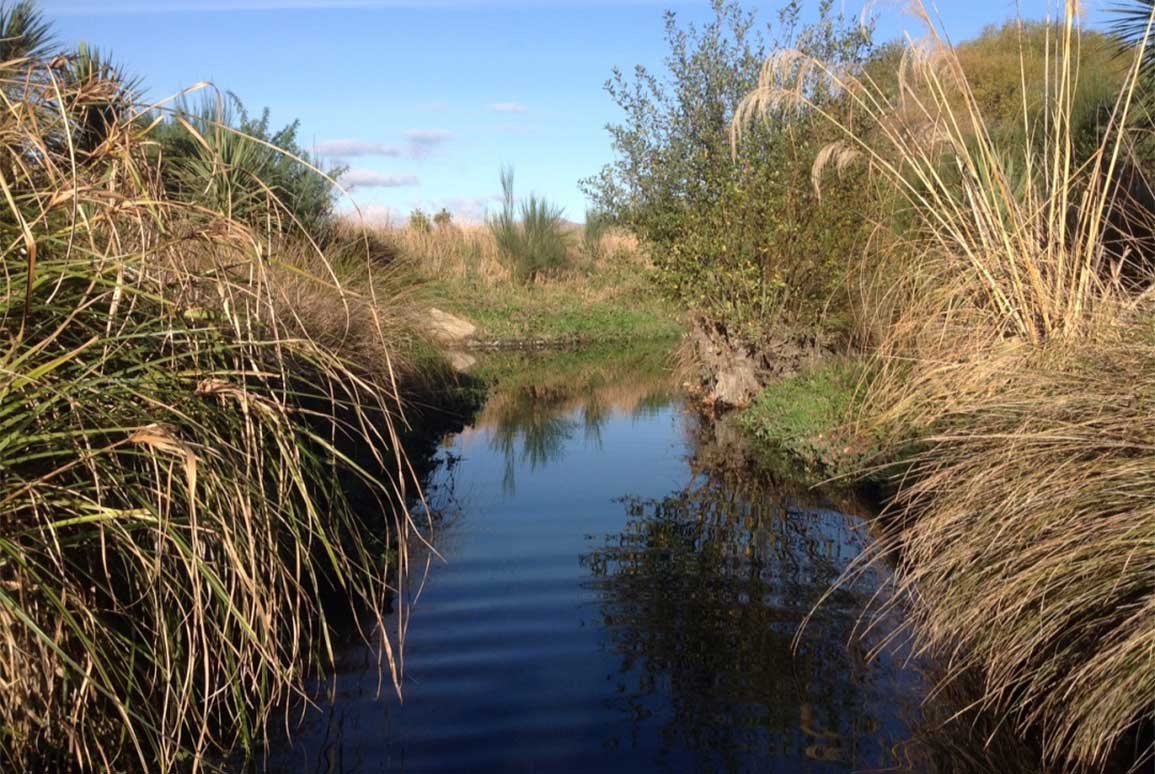How can we provide for population growth whilst improving water quality?
11 November 2016
Water quality in rural areas is currently a hot topic but, as urban populations grow, will the spotlight soon turn to the problem of maintaining urban water quality?

‘Yes’, according to Mark Lewis, landscape architect, and Sharon Dines, planner, of Boffa Miskell who were invited speakers at Water New Zealand’s Annual Conference and Expo in October. They discussed aspects of the National Policy Statement for Freshwater Management (NPSFM), particularly in relation to water quality in urban environments and engaging communities in freshwater management.
Sharon outlined the current debate about the requirement in the NPSFM for the ‘overall’ quality of freshwater within a region to be maintained or improved. The clause was intended to allow water quality to degrade in some areas provided it improves by a corresponding amount elsewhere in the area. It was to allow for natural variation in water quality or for new water uses that would underpin economic growth but many communities argue that the minimum water quality standards are too low and, instead, advocate for water bodies to be swimmable. The debate is contentious but Sharon believes ongoing public pressure will see water quality improve in the rural sector.
Meanwhile, Sharon thinks it’s important not to overlook the potential impacts of projected urban growth on water quality.
“I think it will be extremely difficult to maintain or improve water quality where rural land is developed or existing development intensified to accommodate urban growth. Increasingly large areas will become impermeable, with resulting changes in hydrology and challenges for water quality management. But that doesn’t mean we shouldn’t try to keep our urban water as clean as possible.”
To do so, policymakers will need to focus more on improving the quality of stormwater discharges in urban areas and rethink how new urban areas are developed and existing ones redeveloped. The design brief for all development will need to require water-sensitive design approaches as well as integrated catchment and land-use planning. Moreover, contaminant loads from wastewater treatment plants will need to be reduced, using new technology, in the face of increased pressure on water resources, growing wastewater volumes and the likely need to recycle wastewater.
Sharon suggested that the involvement of communities and mana whenua in decision-making processes will also drive positive change – something that Mark has witnessed happening in practice.
He described how community engagement has driven successful social and environmental outcomes in Te Auaunga Awa (Oakley Creek) project in Mt Roskill, Auckland. The Auckland Council’s Healthy Waterways project will remedy significant flooding issues while also seeking to exemplify the Council vision for a water-sensitive city.
Physical work commenced in early November, opened by Mayor Phil Goff at a community-organised event. The floodplain areas will be excavated over a two-year period through two reserves. The project has the potential to change the fabric of the community, as improved flood management makes more housing development possible. However, despite the immediate and potential long-term disruption, the project team has been greeted with enthusiasm by the community, due in part to the extensive consultation already undertaken with mana whenua partners, community groups, local boards and many other stakeholders to provide for their objectives in the project. The project has been guided by intrinsic Māori values through Te Aranga design principles, the community’s opinions have been integrated into the final design, and the community will continue to be involved in the project through arts and school engagement, and apprenticeship work schemes.
“Community engagement like this will become increasingly imperative in water infrastructure projects as New Zealand’s population grows,” says Mark. “It will be driven not only by the requirements of the NPSFM but also by communities demanding clean water and restored nature in their urban environments.”


